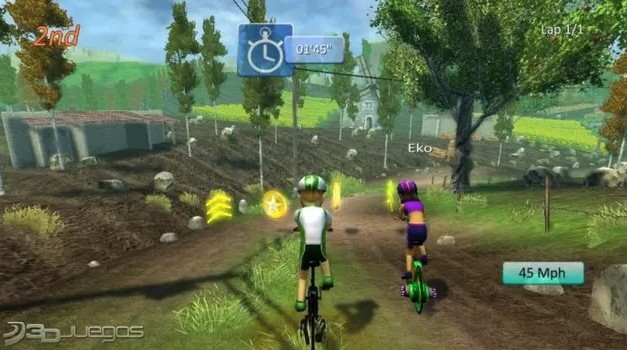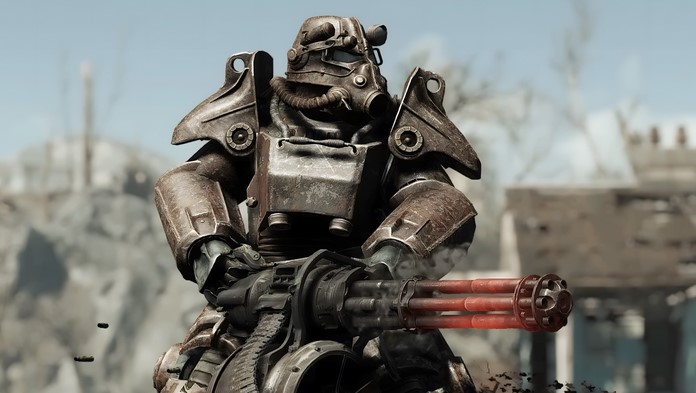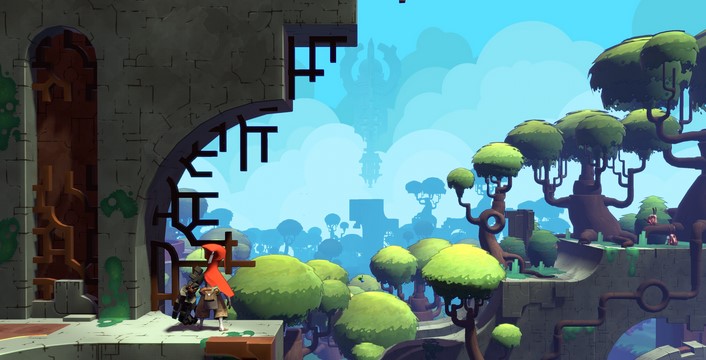
In the rapidly evolving world of technology, entertainment has undergone a dramatic transformation, providing individuals with more immersive and interactive experiences than ever before. One of the most interesting developments in recent years has been the advent of the play model, a concept that combines entertainment with cutting-edge technology to create interactive, engaging, and personalized experiences. This model has found its place across various entertainment sectors, from video games and virtual reality (VR) to streaming platforms and interactive media. By blending creativity with innovation, the play model is redefining how we consume entertainment and interact with digital worlds. In this article, we will explore what the play model is, how it works, and its impact on the entertainment industry.
1. What is the Play Model?
The term “play model” refers to a framework or approach to entertainment that emphasizes interactivity, user engagement, and the blurring of the line between the audience and the content. Unlike traditional forms of entertainment, where the audience is a passive observer, the play model encourages active participation. This approach allows users to shape the outcome of their experience through decisions, actions, or gameplay mechanics, often in real-time.
In essence, the play model leverages technology to foster a more dynamic, responsive relationship between the consumer and the content. It’s the idea that entertainment doesn’t just happen to you – it happens because of you. Whether it’s through video games, interactive storytelling, VR environments, or other digital platforms, the play model puts users in control, offering them the opportunity to create and influence their own entertainment experiences.
1.1 The Evolution of Entertainment and the Play Model
The origins of the play model can be traced back to early video games, where players were given control over the narrative through their in-game actions. Games like Pong, Pac-Man, and later more complex titles like The Legend of Zelda or Super Mario Bros., laid the groundwork for what would evolve into a broader interactive entertainment experience. As technology advanced, so did the concept of interactivity. The rise of the internet, mobile gaming, and immersive VR environments all pushed the play model further, offering increasingly rich and personalized experiences.
In today’s world, the play model goes beyond just gaming. It incorporates aspects of streaming services, interactive storytelling, and user-generated content. Social media platforms, for example, allow individuals to create their own entertainment, offering a participatory form of media consumption. This shift toward user-driven content reflects the increasing importance of the play model in modern entertainment.
2. Key Examples of the Play Model in Modern Entertainment
The play model has permeated various entertainment platforms and industries, transforming how we engage with media. Let’s explore some of the key areas where this model is making a significant impact.
2.1 Video Games and Interactive Experiences
Video games are perhaps the most obvious example of the play model in action. Players have been able to directly influence the course of a game for decades, but recent developments have taken this to an entirely new level. Games like The Witcher 3: Wild Hunt and Red Dead Redemption 2 feature branching narratives and choices that alter the story’s outcome, providing a high degree of interactivity.
Moreover, multiplayer online games such as Fortnite or League of Legends introduce social elements, where players can collaborate or compete in real-time, further engaging with the play model. In some cases, players even become the creators themselves, using game editors and modding tools to develop new levels, characters, and entire game modes. This user-generated content is a testament to how the play model empowers users to shape their own entertainment.
2.2 Virtual Reality (VR) and Augmented Reality (AR)
Virtual reality and augmented reality have taken the play model to new heights, offering users fully immersive environments where they can interact with and alter their surroundings. VR games like Beat Saber or Half-Life: Alyx allow players to use motion controllers to engage physically with the game, creating an experience that is far more interactive than traditional video games.
Augmented reality (AR), as seen in games like Pokémon GO, has also embraced the play model by integrating real-world environments with digital elements. Players are tasked with physically exploring their surroundings to find virtual creatures, using their smartphone as the medium. This form of gaming exemplifies how the play model is extending beyond the screen, encouraging movement and interaction with the real world.
2.3 Streaming Platforms and Interactive Movies
Streaming platforms like Netflix have also begun to experiment with the play model, offering interactive movies and TV shows where viewers can make choices that influence the plot. Black Mirror: Bandersnatch, an interactive movie on Netflix, allows viewers to make decisions for the protagonist, which then branch off into different storylines and endings. This type of interactive media is a significant evolution from traditional television or film, creating a more personalized viewing experience.
The use of interactive narratives is not limited to just one genre. Popular platforms like Twitch, where gamers stream live while interacting with viewers, have incorporated the play model in real-time, allowing audiences to influence gameplay or engage with streamers. Additionally, interactive podcasts and live virtual events where the audience can vote or choose outcomes are also gaining traction.
2.4 Social Media and User-Generated Content
Social media platforms, particularly those focused on visual content like YouTube and TikTok, are a perfect example of the play model in action. These platforms allow users to create and share their own content, often in the form of videos or live streams. Users control their entertainment, creating content that not only engages their audience but can also respond to real-time feedback and comments.
Furthermore, platforms like TikTok incorporate gaming mechanics such as rewards, challenges, and leaderboards to keep users engaged. The ability for users to interact with and influence content creation has become a central pillar of these platforms, further highlighting the role of the play model in shaping modern entertainment.
3. The Future of the Play Model in Entertainment
As technology continues to advance, the potential for the play model in entertainment will expand even further. Future developments in AI, 5G networks, and more immersive virtual environments will open up new possibilities for interaction. Here are some trends to watch for in the future:
3.1 AI-Driven Interactive Content
Artificial intelligence will likely play a large role in the future of interactive entertainment. AI can be used to create more dynamic, responsive content that adapts to user behavior in real-time. This could lead to hyper-personalized entertainment experiences, where the content evolves based on an individual’s preferences and actions. For example, an AI-driven game might adjust its difficulty based on the player’s skill level or offer more personalized storylines.
3.2 Real-Time Content Creation
In the future, entertainment may become even more fluid, with real-time content creation becoming commonplace. Virtual worlds might evolve into persistent environments that are shaped by users’ actions and decisions. Imagine an entire online universe where every player’s interactions with the environment are stored and affect the overall narrative, creating a truly dynamic, user-driven experience.
3.3 Cross-Platform Interactivity
The play model may soon extend across various platforms, enabling users to engage with entertainment seamlessly across devices. For example, a user could begin watching an interactive TV show on their television, switch to a VR environment for immersive experiences, and then continue engaging with a social media platform that ties back to the story’s universe. The convergence of technologies will enable a truly integrated, multi-dimensional entertainment experience.
The play model represents a groundbreaking shift in how we interact with and consume entertainment. From video games and VR to interactive movies and user-generated content, this model has transformed passive media into an engaging, interactive experience. The convergence of technology and entertainment has created an ecosystem where users no longer just observe content but actively shape and influence it. As new technologies like AI, real-time content creation, and cross-platform interactions emerge, the play model will continue to redefine the boundaries of entertainment, offering endless possibilities for both creators and consumers. With the ever-growing emphasis on interactivity and personalized experiences, the play model is poised to be at the heart of the next era of digital entertainment.




